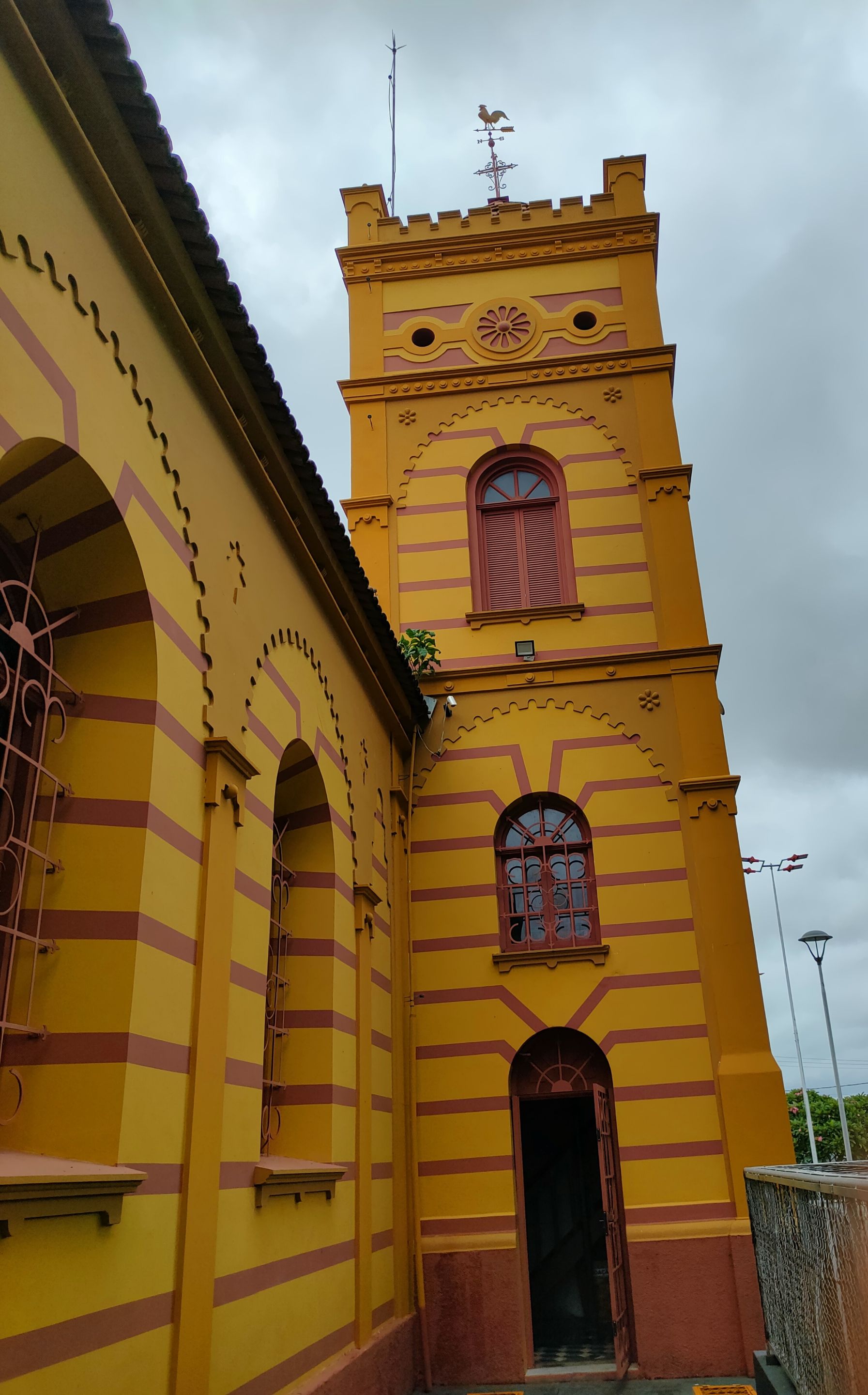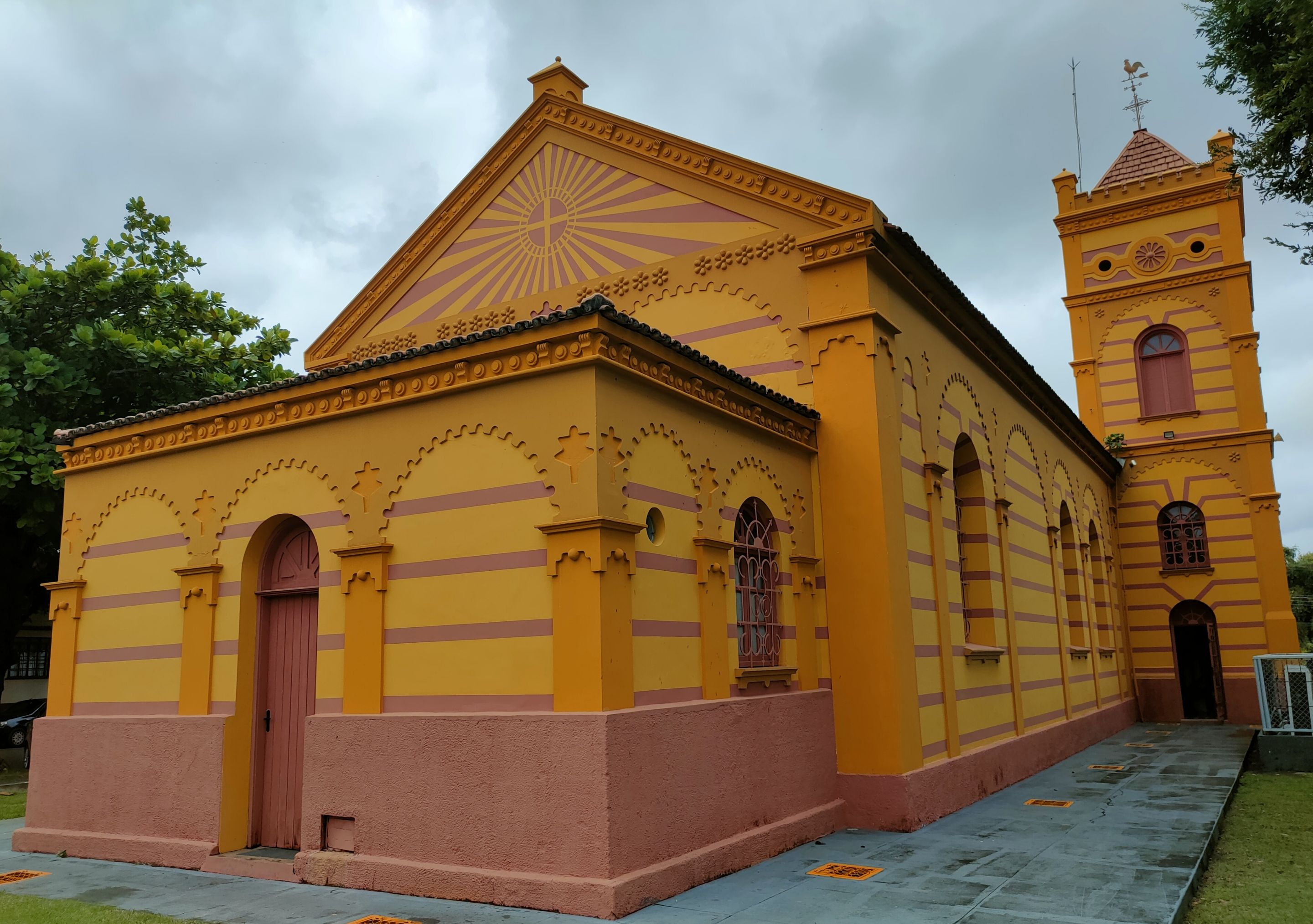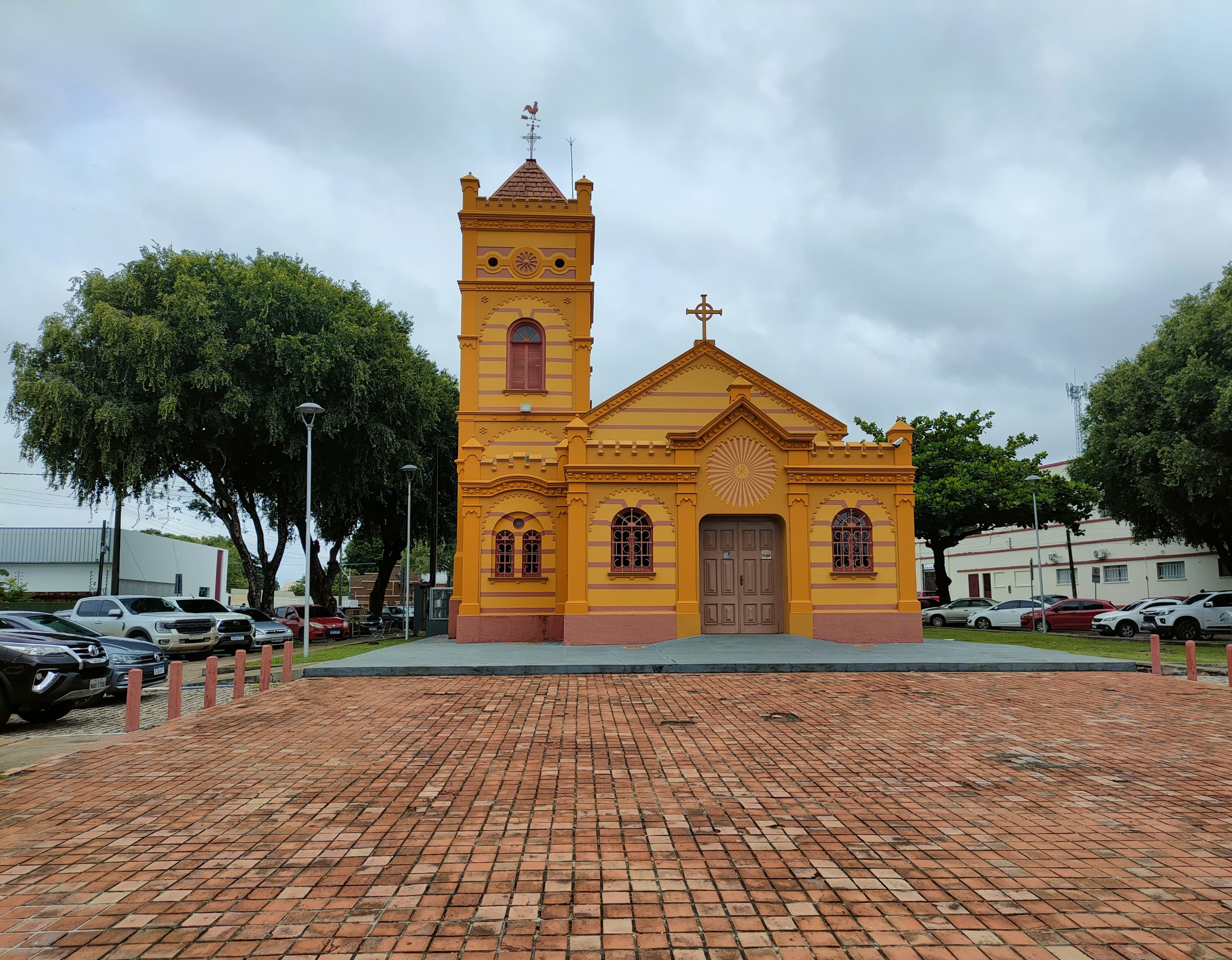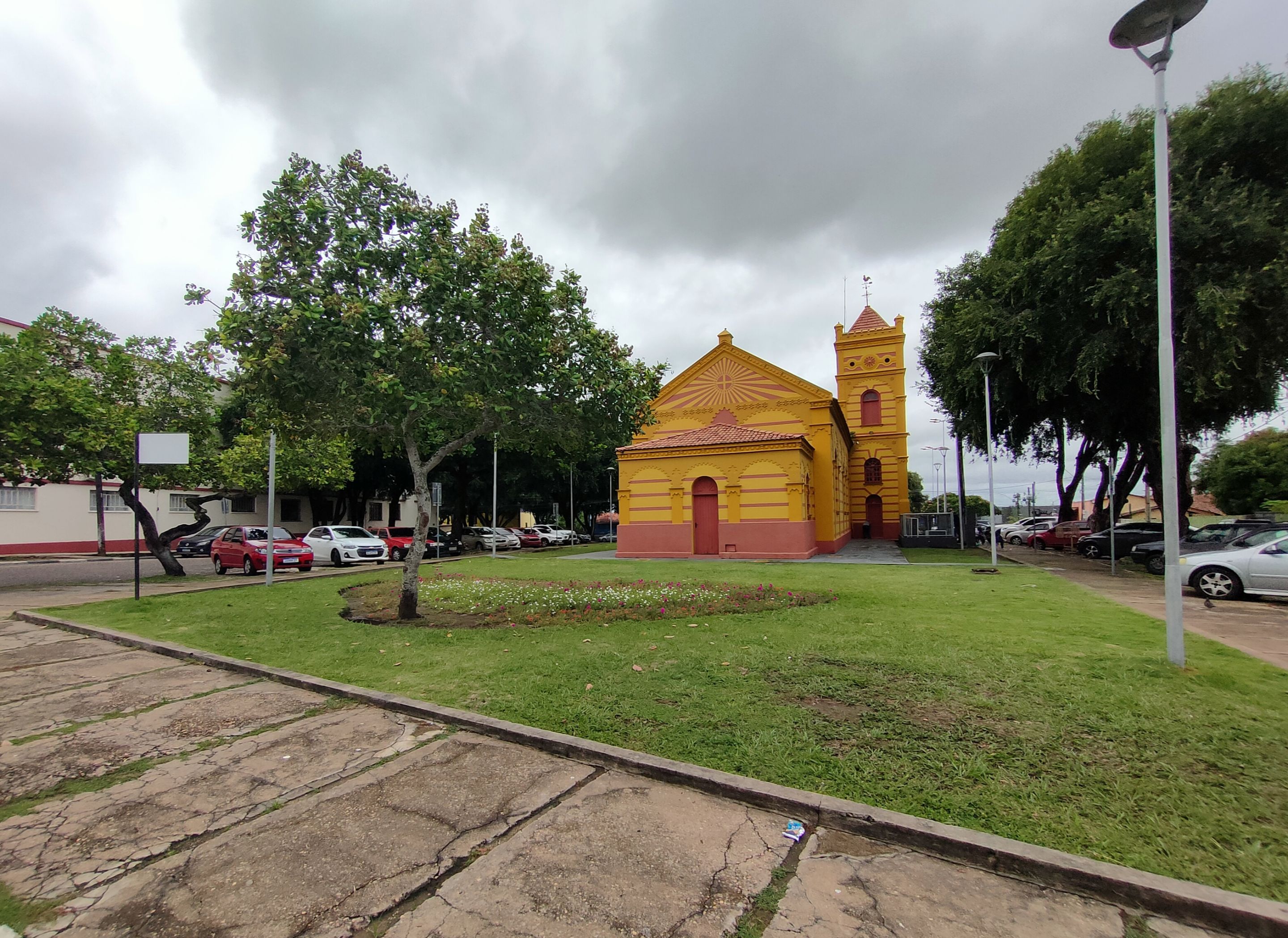Greetings! I am currently in the city of Boa Vista, and my interest lies in identifying the earliest architectural vestiges that marked the beginning of human presence in this territory. While a river naturally suggests the presence of a dynamic port for the exchange of goods and fishing activity, my attention was drawn to a building that would testify to a distinctive craft or human activity. After a brief urban exploration, the colourful Matrix de Nossa Senhora do Carmo church emerged, denoting its age. This structure stands as a tangible link to the city's historical roots and development, an icon of its cultural heritage that preserves the local memory and identity.


My research focuses on understanding the effective implantation of European religious influence on the banks of the Branco River. In 1725, the Carmelites erected a modest chapel, naming it "Lugar de Nossa Senhora do Carmo", a settlement that would eventually contribute to the birth of the current Roraima capital. In 1856, the Franciscans took over, building a new chapel and establishing the first parish of Boa Vista. Two years later, in 1858, this parish was elevated to the status of the Church of the Mother, consolidating its position as the main centre of Catholic worship.
Around 1920, the Benedictines undertook an ambitious reconstruction of the temple, giving it new dimensions and a Germanic architectural style. This cromatism is unique in the Amazonian landscape of Roraima. Between 2005 and 2007, careful restoration work preserved its original features, including its mural paintings.
Thus, the Church of Our Lady of Mount Carmel stands as the region's foremost religious architectural expression and a permanent testament to the history and culture of Boa Vista.
Thank you for reading and commenting on my publication.
SOURCES || The photographic samples taken with my realme Pro 7 phone are my property.








